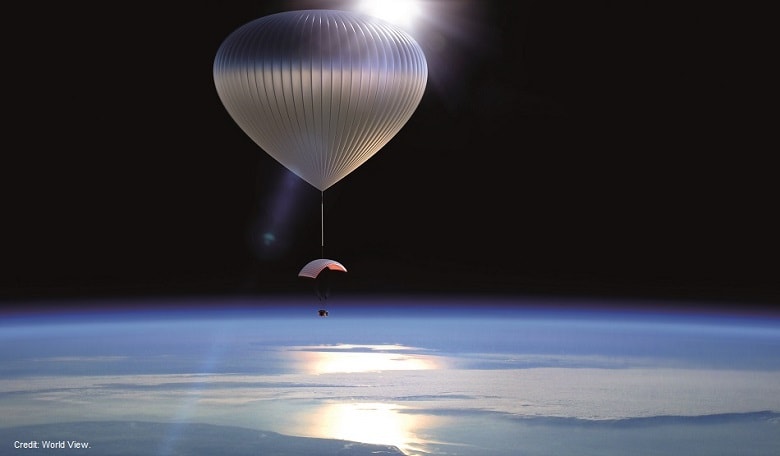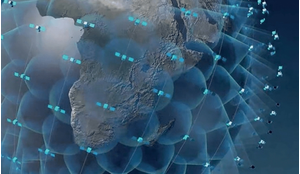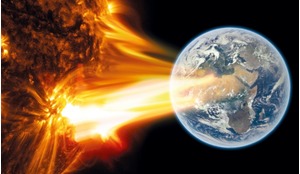Only a few years ago, suborbital research was limited to occasional, expensive rocket and balloon launches, largely using expensive Cold War technologies. Today, thanks to dedicated efforts by next generation reusable suborbital rocket firms like Virgin Galactic, XCOR Aerospace, and Blue Origin, the field is on the verge of a revolution in how we access space. It will dramatically lower prices and create more frequent access to space by several orders of magnitude. It will allow researchers to fly with their experiments — further lowering the complexity, risk, and cost of those very experiments.
At World View, we applaud the efforts of these suborbital rocket companies to open space access for the Research and Education Market (REM). We also applaud the efforts of government agencies like NASA to begin offering grants to researchers and educators to build and fly payloads aboard reusable, next-gen suborbital rocket vehicles. And we salute the REM community’s deeply positive interest in next-gen suborbital research through attendance at Next-Gen Suborbital Researchers Conferences, through proposal writing to win awards to fly on next-gen vehicles, and through the efforts within the Commercial Spaceflight Federation (CSF) to foster this new field.
At the same time that reusable rockets are preparing to come on-line to service REM needs, we’re adapting our balloon-borne suborbital tourist vehicle, called the World View spacecraft, to be an effective platform for the REM market place in 2016-2017. We have also put in place smaller suborbital vehicles in our Tycho line that are already carrying REM payloads into service now.
World View’s near-space access distinction is that our vehicles do not require rocket propulsion to reach high altitude. Instead, they use balloon technology capable of lifting payloads ranging from a few pounds to a few tons to altitudes as high as 130,000 feet. At these altitudes, where the sky is black and the Earth’s horizon is curved, important applications exist in a wide variety of REM fields. These include atmospheric science, Earth remote sensing, education, and astronomy. Important applications also exist for the inspace demonstration of systems, subsystems, and sensors destined for orbit, i.e. raising their technical readiness level. A host of commercial surveillance, communications, and entertainment opportunities present themselves at these altitudes as well.
While rockets and balloons are complementary tools that serve different functions in accessing space — just as forks and spoons contribute similar yet different roles at the dinner table — there are many attributes that balloons can offer that no suborbital rocket can.
We believe that the positive benefits of balloon flights will foster many new REM applications in space, and we are proud to already be involved in demonstrating that in two important ways.
First, we have placed three pathfinder payloads under agreement to fly as REM demonstrators on our Tycho and World View vehicles.
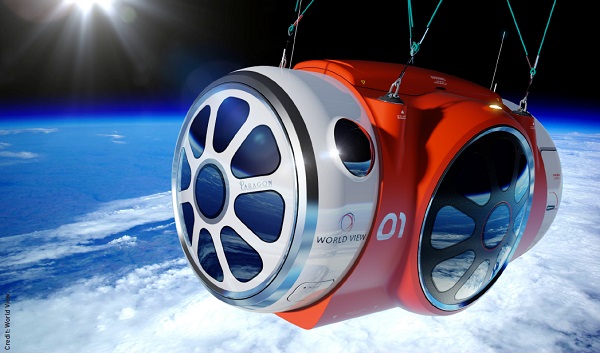 Designed for explorers, the balloon capsule can serve researchers and their experiments.
Designed for explorers, the balloon capsule can serve researchers and their experiments.
…where the sky is black and the Earth’s horizon is curved, important applications exist…
Second, we and our partner Paragon Space Development Systems have recently been awarded a NASA Flight Opportunities Program (FOP) contract and are currently providing flight services to NASA suborbital, near-space payloads.
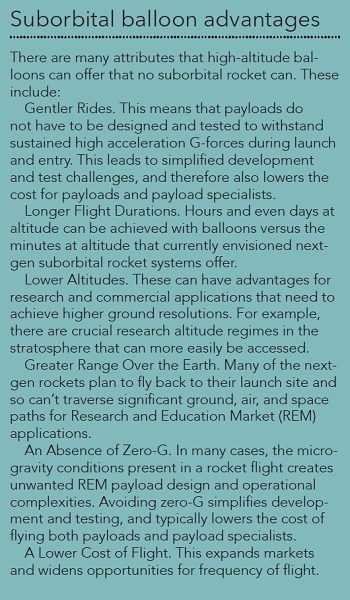
At World View, we believe that suborbital REM space applications are as unlimited a green field now as personal computer applications were in the late 1970s.
Alan Stern is a founder of World View, and serves as chief scientist for the company. Dr. Stern is an experienced suborbital, Earth orbital, and planetary mission researcher; the former chair of the REM committee of the Commercial Spaceflight Federation; and a former NASA Associate Administrator for Space Science. astern@worldviewexperience.com
References:
http://worldviewexperience.com/research-education/
This story was first published in slightly modified form in SpaceNews, 2014.





